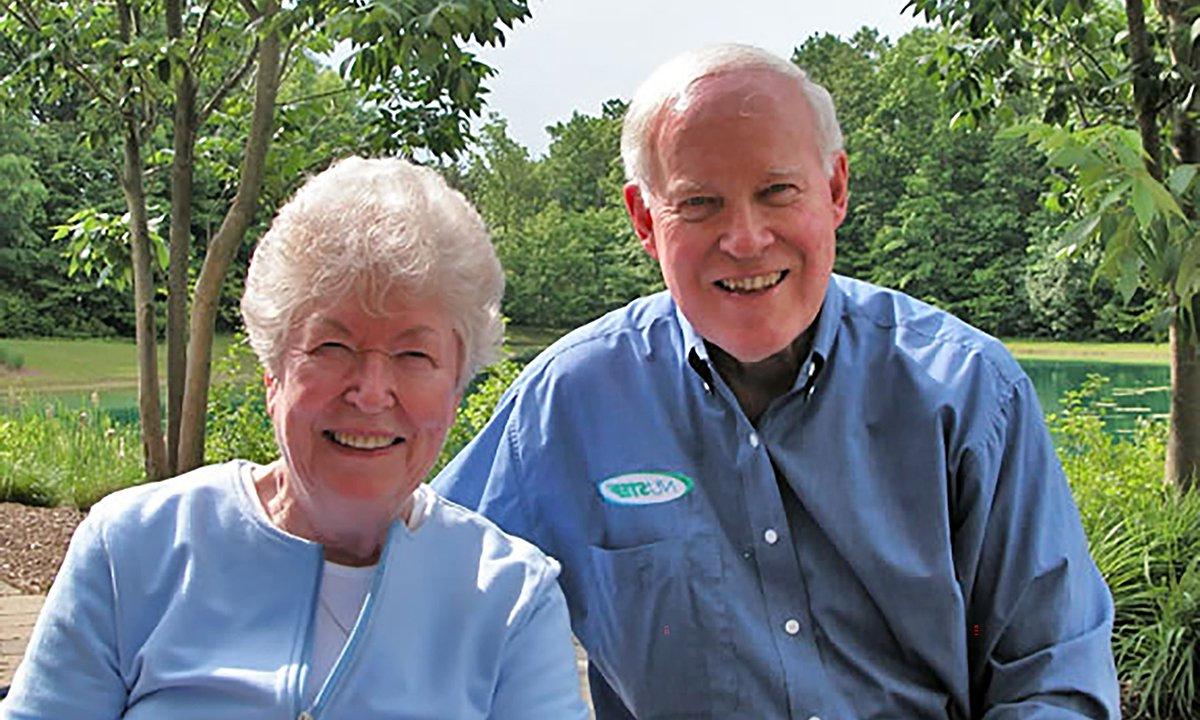Racing to the Future
Electric Racing Association, which works on building electric cars with the goal to compete at OU’s first ever race at evGrand Prix at Purdue University in 2024, stemmed from Spring 2023 Senior Design project.

Four ERA leaders, Logan Hein, Gabe Petersen, Jason Wegryn, and Fares Al-Shubeilat, have emerged from the Senior Design experience.
The engine of the future will be powered by electricity. And the future starts here and now. Today's cars, bikes, buses and even airplanes with electric propulsion systems are the evidence of a seminal moment in transportation – the move away from internal combustion.
 |
| During the Senior Design project, Logan Hein, the inaugural president of ERA, was knocking on industry’s doors, creating budgets, procuring big items and setting up the lab space to enable his team to succeed. |
With the market for electric vehicles (EVs) growing rapidly and expecting to continue at a fast pace over the coming decade, engineering occupations play pivotal roles in the design and development of electric cars. OU’s School of Engineering and Computer Science is making strides to ensure that its graduates are well equipped to meet this challenge.
“There has been a lot of demand from industry for engineers that are qualified to work with EVs. Our department has already added a number of specializations and a new B.S. program in mechatronics and robotics with the focus on electrification,” says Osamah Rawashdeh, Ph.D., chair of the Department of Electrical and Computer Engineering (ECE). “But we feel that there are also other ways to help students develop and apply these skills outside of classroom. Student organizations enhance students’ academic experience and hone their leadership, problem-solving, and networking skills. The new Electric Racing Association is one of such opportunities that we are happy to support,” he adds.
Electric Racing Association (ERA), which works on building electric cars with the goal to compete at OU’s first ever race at evGrand Prix at Purdue University in 2024, stemmed from Spring 2023 ECE Senior Design project – a hands-on culminating design experience at the end of undergraduate education. The hefty goal of the project that involved 18 students was to create OU’s first prototype of an electric car. Four ERA leaders, Logan Hein, Gabe Petersen, Jason Wegryn, and Fares Al-Shubeilat, have emerged from this experience.
 |
| Jason Wegryn, current ERA president, considers creating ERA an important step because it allows students to directly apply the theory to the exact technology they will see in the automotive industry. |
“Even though my design contribution for the project was the driver display, my largest contribution came with my role as the inaugural president of the organization. My job was to set a direction for the team and to enable them to complete the task. I was knocking on industry’s doors, creating budgets, procuring big items at a discount, setting up the lab space - to name just a few. On many nights, this meant staying up with the team and making sure everything in our system would mesh and come together,” Hein recalls the enormous effort the project required of all students.
From the start, the outlook of the project was not very promising since it entailed countless hours of research, design, fabrication and testing – all within an extremely limited time frame.
“EV technology is a vast subject, so the process of designing, researching, and implementing is a long journey. There is not a lot of time in the semester to complete it from start to finish,” says Petersen, ERA first vice president, who now assumes an alumni advisory role to guide future members of the team.
Designing an electric car involves the contributions of various engineers. Accordingly, students were assigned to different teams guided by ECE faculty members Osamah Rawashdeh, Jun Chen, S. Ali Arefifar, and Xia Wang: mechanical and electrical vehicle integration, powertrain and batteries, and sensors and data acquisition – all had to come together. In addition, the entire group worked on machinery, from spot welders and 3D printing to making their own parts.
 |
| Gabe Petersen, ERA first vice-president, now assumes an alumni advisory role to guide future members of the team. He connects the competitive aspect of racing to innovation, making students valuable assets to future employers. |
“I was assigned a role on the powertrain and batteries team, but it quickly became clear that our responsibilities were not governed by these roles. I worked on a little bit of everything and a lot of everything else. Industry standard communication protocols and product development processes, wire harnesses, batteries, power electronics, electric drivetrain, solar panels, microcontrollers, 3D modeling and printing, prototyping, creation of custom circuitry, and practical applications of physics and mechanics – are just some of the skills we were able to gain and/or apply during this project,” shares Wegryn, current ERA president, who is interested in pursuing a master’s degree in embedded systems.
Apart from the expected technical aspect of engineering learning, students also acquired other important skills that many of them easily recognized.
“Project management and following through on expectations. This was a real experience working within a deadline, budget, and design constraints, which pushed us to be creative while still producing results,” says Hein.
Petersen agrees, “Creativity comes from approaching things using engineering first principles. You don’t want to do things like everyone else; you want to do it better. By applying first principles, you can try to think outside the box.”
As the project developed, so did students’ aspirations for an organization that would open a similar experience to other young engineers earlier in their educational journey.
 |
| Fares Al-Shubeilat, an exchange student from Princess Sumaya University for Technology, Jordan, and ERA vice president, believes that ERA is opening a limitless horizon to the future of transportation and racing competitions. |
“Creating ERA is an important step because it allows for students to directly apply the theory to the exact technology they will see in the automotive industry. The organization also provides space for sharing ideas, interests, and hobbies without worrying about the stress of a strict grading system. My student experience lacked these things until the senior design project,” shares Wegryn.
“ERA will aid in making students ready for the automotive industry electrification, which is a high industry demand. Big automotive companies, like Ford and GM, are heavily invested in an intense race of developing a next generation electric vehicle, and they are looking for people with experience,” adds Al-Shubeilat, an exchange student from Princess Sumaya University for Technology, Jordan, and ERA vice president.
To stay competitive, not only does SECS have to meet industry needs for qualified specialists, but it also must showcase them. As many universities create similar EV racing organizations and invest resources in related technologies, ERA will bring attention to OU as a school with forward thinking.
“The competitive aspect of racing drives innovation and being a part of something like ERA makes students valuable assets to future employers. We have a lot of talent and dedication, and I am certain that it will grow into a well-respected competitive team for electric vehicle racing,” says Petersen.
Al-Shubeilat shares Petersen’s enthusiasm about the future of the organization. “I see ERA opening a limitless horizon to the future of transportation and racing competitions. This association will have an open door for anyone enthusiastic about karts, electrification, and racing. A wonderful community is being built at OU for OU,” he states.
Most incredible inventions throughout history, from primitive tools to artificial intelligence, share one commonality: they are the result of curiosity. The impulse to seek new information and experiences and explore novel possibilities is the driving force of innovation. With its prime focus on creativity and hands-on engagement, ERA is racing to the future.
 |
| Spring 2023 Senior Design Team: Andrea Arenas Beau Tucker Benjamin Bonham Braun Mayette Cory Johnston Danny Haddad Drew McPeek Duncan Yang Fares Al-Shubeilat Gabrial Petersen Jacob Salloum Jason Wegryn Joshua Spano Khalil Dorris Logan Hein Michael Olsey Paul Hranchook Yue Zhang |

 December 20, 2023
December 20, 2023 By Arina Bokas
By Arina Bokas

